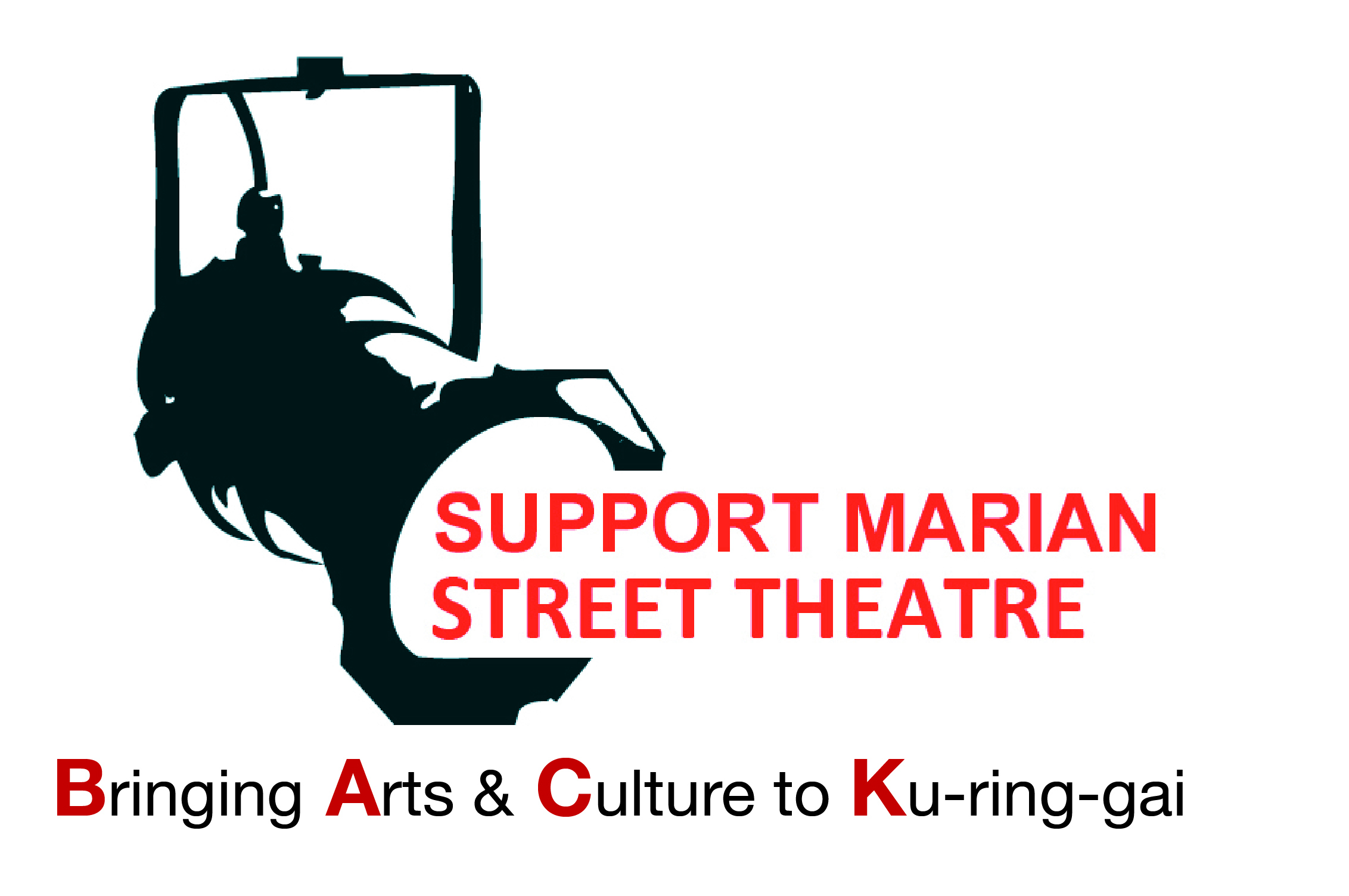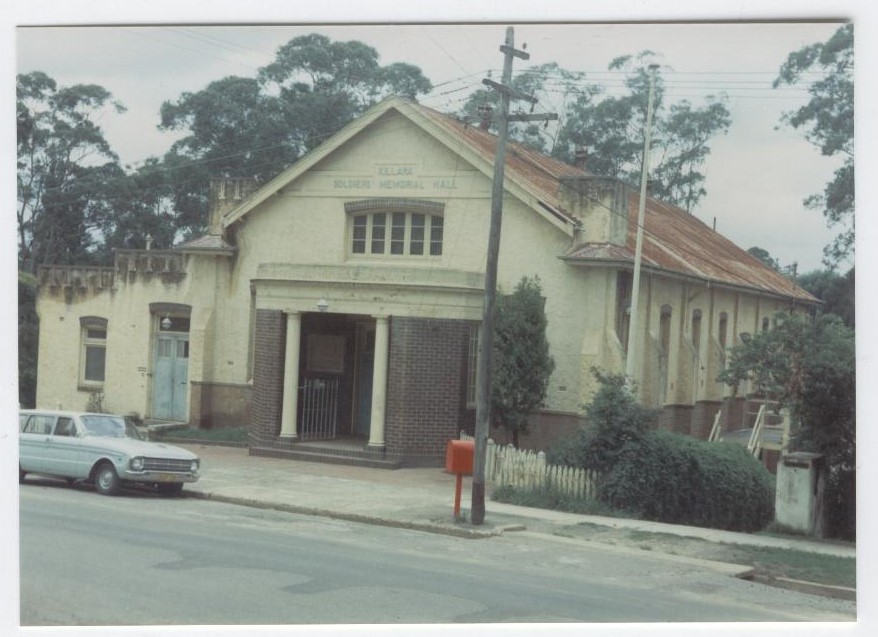Marian Street Theatre is one of the oldest, most well-loved theatres in Australia, steeped in culture and history, and was the first professional suburban repertory theatre in the country. The building’s architecture and ambience still retain a unique sense of this time in Australia’s social and cultural past. The theatre is not just bricks and mortar; it is a place where important creative work has been achieved by hundreds of creative people over the years, leaving long‐lasting memories within the building, the local community and the NSW community.
The original hall dates to 1906. It first functioned as a community hall, then as a memorial hall, and is of great historical importance to the local community, particularly with the memorial to fallen soldiers on the front façade. However it is its cultural and social importance as a theatre that marks it of such historical significance with its vital contribution to the development of theatre in Sydney.
Established as a dedicated theatre in 1966 by Alexander Archdale, the building and its history has been shaped by many influential theatre professionals including John Krummel, Alastair Duncan, Ruth Cracknell, Googie Withers and John McCallum, Ron Haddrick, Nancye Hayes and Audrey Blaxland, and many more.
Marian Street Theatre was an industry training ground, from which directors and backstage staff often moved on to large organisations or first tier theatres, such as Wayne Harrison, who subsequently headed the Sydney Theatre Company. Without the theatre and the resident company, the theatre world as we know it would be a much less skilled and less diverse place than it is now as generations of actors and theatre workers developed their crafts in the building. It provided a stage for female directors including Judi Farr and Jennifer Hagan, Nancye Hayes and Marion Potts, as well as directors such as Peter Whitford. Marian Street also trained many young actors and gave space to a whole raft of distinguished senior actors, from Ron Haddrick and Ruth Cracknell to Googie Withers and John McCallum, as well as providing work for a succession of excellent production managers like John Bayley and producers such as John Frost.
More recently the theatre was the home of Australia’s longest continually running children’s theatre, now known as Marian Street theatre for Young people. In many cases, three or four generations of families have attended children’s theatre productions, or been involved in the development of them. Audiences travel from across the state to see productions by the Marian Street Theatre for Young People, which also provided some of the earliest, and most valuable, training for young people in the theatre industry.
The theatre building retains the legacy of past theatre practitioners and audience members, preserving this heritage for generations to come. Therefore it is imperative to reopen this theatre.


Recent Comments